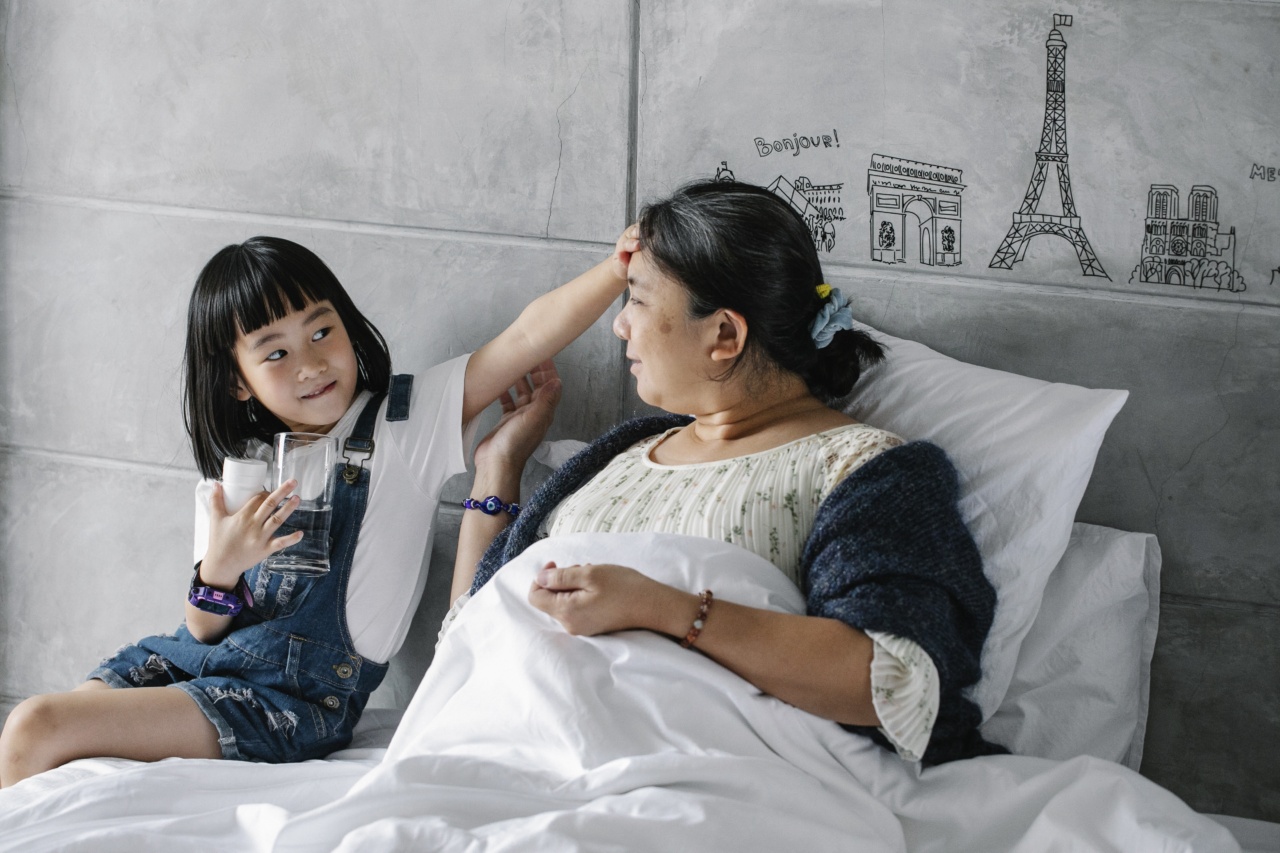RAIKRA, a rare genetic disease that affects newborns, is a serious condition that can lead to significant health issues if not promptly diagnosed and treated.
This disease has been reported in various parts of the world, which is why understanding what this disease is, how it can affect newborns, and how it can be managed is critical to saving the lives of affected infants. This article aims to provide a comprehensive understanding of RAIKRA, from its causes and symptoms to its management and prognosis.
What is RAIKRA?
RAIKRA stands for “recessive arrhythmogenic right ventricular cardiomyopathy with skin anomalies,” a genetic condition that affects the heart and skin primarily.
It is a rare and often fatal genetic disease that is more common in certain populations than others. This condition is caused by a mutation in the DSP (Desmoplakin) gene, which is responsible for the formation of specific skin cells and cardiomyocytes.
How is RAIKRA Inherited?
RAIKRA is inherited in an autosomal recessive manner, meaning that the child must inherit two defective copies of the DSP gene, one from each parent, to develop the condition.
This means that both parents are carriers of the condition and have a 25% chance of having a child with RAIKRA with each pregnancy. Parents who are carriers of RAIKRA may not have any symptoms and may not even know they are carriers, making it essential to identify genetic carriers in families with a history of the disease.
What Are the Symptoms of RAIKRA?
The symptoms of RAIKRA typically appear during infancy and can vary from mild to severe. The most common symptoms include:.
- Abnormal heart rhythms (arrhythmias)
- Palpitations
- Fainting (syncope)
- Chest pain (angina)
- The development of a blistering skin rash on the child’s scalp, hands, and feet
- Loss of hair in the affected areas
How is RAIKRA Diagnosed?
Diagnosing RAIKRA can be challenging, and it requires a team of specialists, including cardiologists, dermatologists, and geneticists. The diagnosis will begin with an in-depth medical history of the child and family, followed by a physical examination.
The following tests may also be conducted:.
- Electrocardiogram (ECG)
- Echocardiogram (ECHO)
- Magnetic Resonance Imaging (MRI) of the heart and skin
- Skin biopsy for genetic testing
What is the Treatment for RAIKRA?
There is currently no cure for RAIKRA, and treatment is usually focused on symptom management and prevention of complications.
Treatment may involve the use of medications, such as beta-blockers and antiarrhythmic drugs, to manage abnormal heart rhythms and prevent complications such as sudden cardiac death. In severe cases, an implantable cardioverter-defibrillator (ICD) may be recommended to stabilize the heart’s rhythm and prevent sudden cardiac death.
The use of topical steroids and anti-inflammatory medication may also be used to manage the symptoms of the skin disorder.
What is the long-term outlook for RAIKRA?
The prognosis for RAIKRA depends on various factors, including the severity of the condition, the extent of organ involvement, and the individual’s response to treatment.
In severe cases, RAIKRA can be fatal, and some children may experience symptoms that persist into adulthood. For this reason, ongoing medical care and specialized follow-up are crucial for individuals with RAIKRA and their families.
Preventing RAIKRA
As an inherited genetic condition, preventing RAIKRA is not possible. However, detecting carriers of the condition through genetic testing and counseling can help to reduce the risk of the condition prevailing within the population.
Genetic counseling is recommended for families who have a history of RAIKRA or who are carriers of the condition.
Conclusion
RAIKRA is a rare genetic condition that can have severe consequences for infants. Although there is no cure for this disease, prompt diagnosis and early management can help improve outcomes.
A proactive approach to genetic testing and counseling, along with vigilant medical care, may help individuals with RAIKRA and their families manage the condition and reduce its impact.































